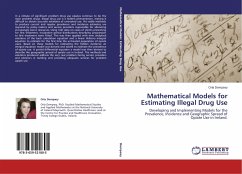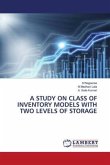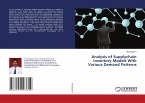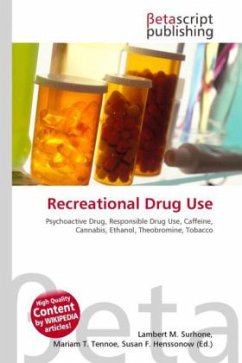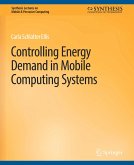This book deals with a three-state dynamic model of illicit drug consumption. In addition to susceptible non-users and current users of a drug, for the first time also the supply capacity is considered in a separate state variable. The model is analyzed with parameters derived from data for the U.S. cocaine epidemic and for injection drug use (IDU) in Australia. In the first part the uncontrolled base model is described and analyzed. Initiation into drug use is assumed to depend primarily on the interaction between susceptibles and users. For the U.S. cocaine epidemic the positive feedback effect from users acting on susceptibles is best described by a convex function, which allows for two stable equilibria separated by a "tipping curve". However, for Australian IDU the best fit is obtained for a concave initiation function, for which only one (stable) steady state occurs. The second part presents some "strategic examinations", which are assumed to provide decision support for public policy. In this regard the relative efficiency and cost- effectiveness of treatment and supply shocks at different stages of the epidemic are determined.


